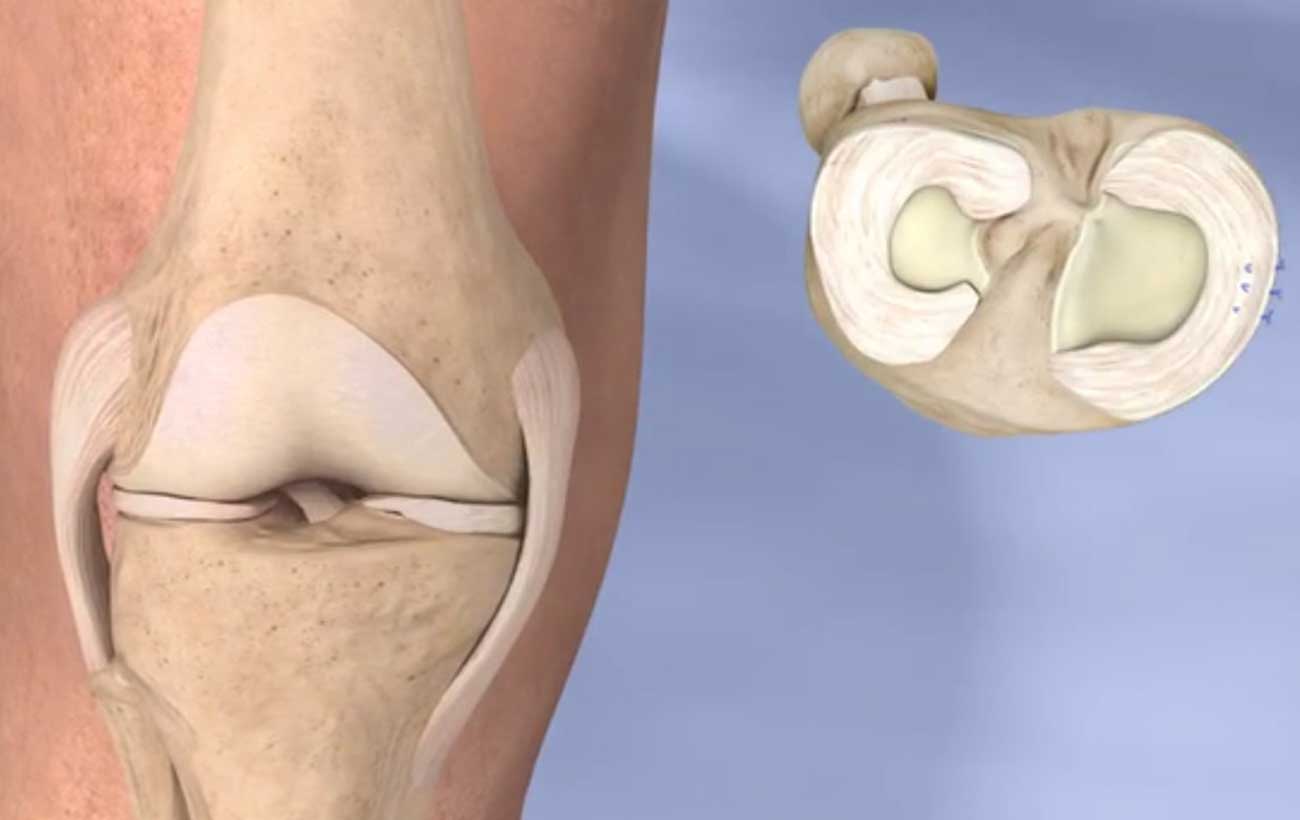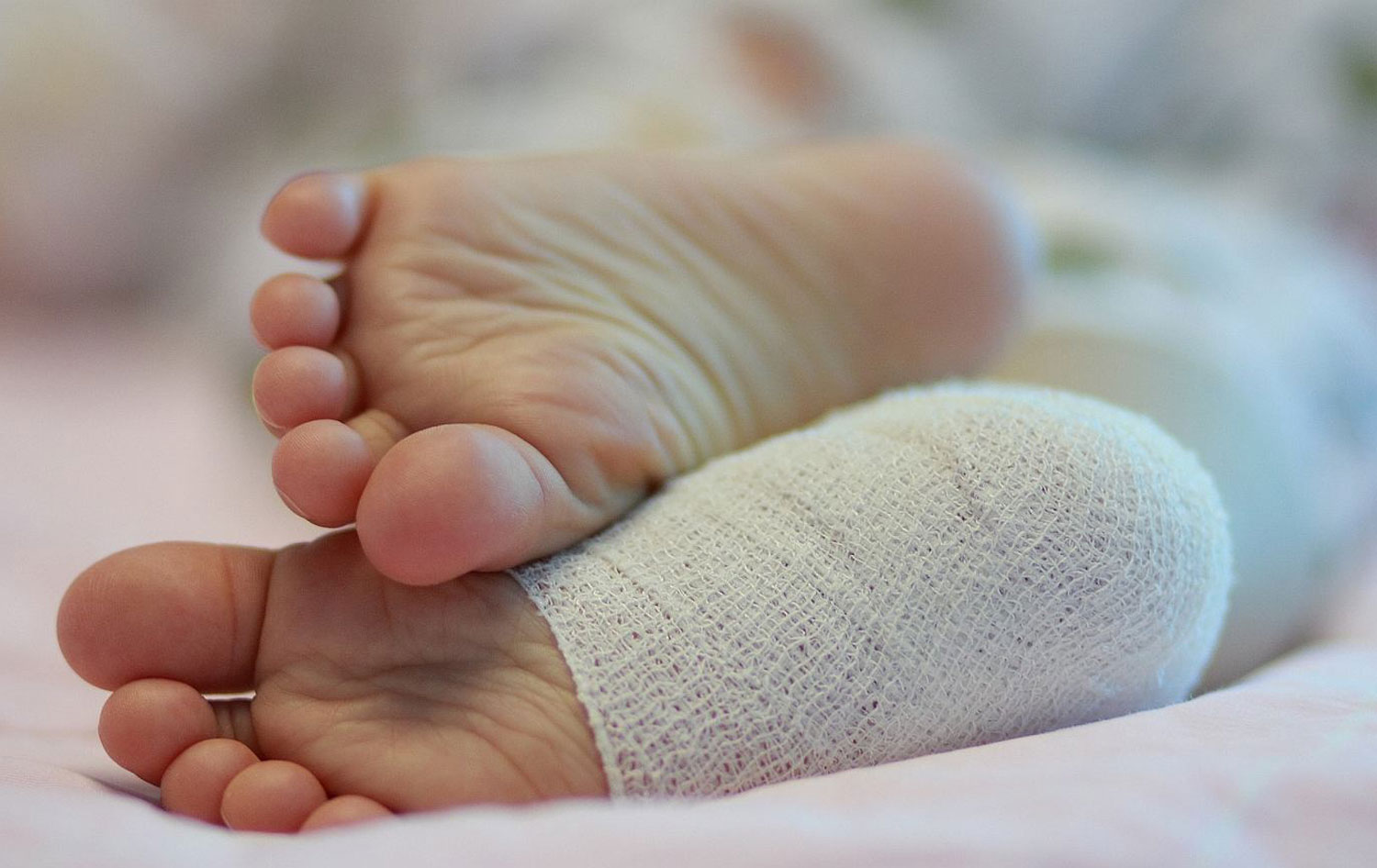innovative techniques Platelet-rich plasma therapy Times have changed since the days of bloodletting, when doctors…

Osteoporosis
Osteoporosis is a disease that causes weak, thinning bones. This puts the bones at greater risk of breaking. The bones most often affected are the hips, spine, and wrists.
Risk Factors
Women are 4 times more likely to get osteoporosis than men. Here are other things that may put you at risk for osteoporosis:
- Older age. Bones become less dense and weaker with age.
- Race. White and Asian women are most at risk. But all races may get the disease.
- Body weight. People who weigh less and have less muscle are more at risk for this condition.
- Lifestyle factors. Lack of physical activity, caffeine, heavy alcohol use, smoking, dietary calcium, and vitamin D deficiency may all increase your risk.
- Certain medicines. Some medicines may increase your risk.
- Family history. Having a family history of bone disease may increase your risk.
Having low bone mass (osteopenia) also puts you at a greater risk for osteoporosis.
Low estrogen is one of the main causes of bone loss in women during and after menopause. Women may lose up to 20% of their bone mass in the 5 to 7 years after menopause.
Treatments
Treatment will depend on your symptoms, age, and general health. It will also depend on how severe the condition is.
Some of the ways to treat osteoporosis are also ways to prevent it. They include:
- Staying at a healthy body weight
- Doing more walking and other weight-bearing exercises
- Limiting caffeine and alcohol
- Stopping smoking
- Getting enough calcium and vitamin D through diet and supplements
- Installing hand railings, or assistive devices in the bathroom or shower to prevent falls
- Asking your healthcare provider about medicines that may help



